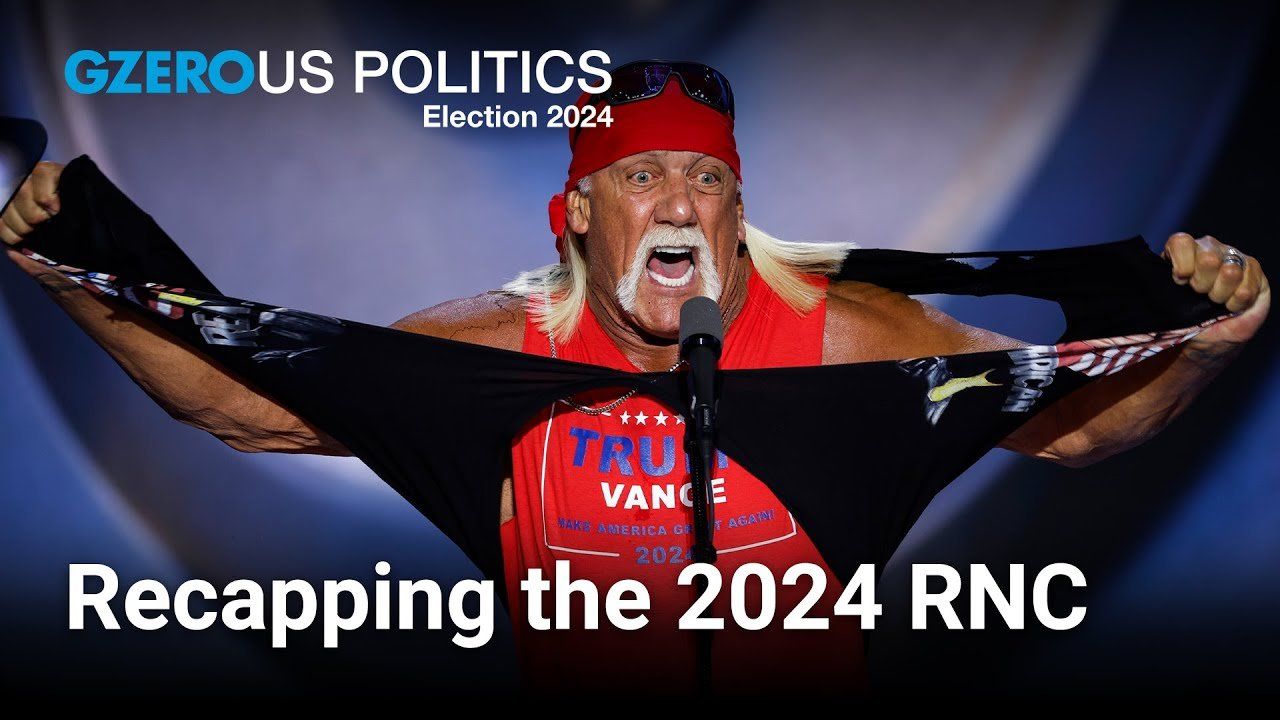
Jon Lieber, Eurasia Group's head of research and managing director for the firm's coverage of United States political and policy developments, shares his perspective on US politics from Washington, DC.
What we're watching in US Politics this week: Trump's utter dominance of the GOP at the just-concluded convention.
So the Republican convention just wrapped up and a very different tone and style of the last several conventions. And particularly, you know, you were knocked out in 1992 and woke up today, you probably wouldn't recognize this Republican Party at all.
And that's because of the total dominance of Donald J Trump in the party now, which was really exemplified by his choice of a vice president. JD Vance, very young, senator from Ohio, wasn't an elected official as of two years ago and is likely to be the next vice president of the United States. Contrast this to Mike Pence, Trump's pick in 2016, who was a long-standing conservative but establishment Republican that helped Trump shore up his weaknesses at the time with evangelical voters.
Today, Trump doesn't really have any weaknesses in the Republican Party. He is their leader. He's their most popular person. He just survived an assassination attempt. And you saw that affect all over there of the Republican National Convention this week, particularly when it came to issues like trade and immigration, where the party has taken a significantly tougher line than ever has before and has moved in a significantly more nationalist and populist direction. Contrast this to the George W Bush era, or the era of even the last two speakers, prior to Kevin McCarthy, Paul Ryan, and John Boehner, neither of whom were major presences at this convention. Just to show you how far the Republican Party has moved from its roots, even from the pre-Trump days.
Another unusual thing about the convention was that last night before Trump's speech, it was wrestling day. Hulk Hogan showed up, and Linda McMahon showed up. Dana White, the president of UFC, showed up, the Ultimate Fighting Championship. You don't expect to see these people at political conventions. But what they really reflect is kind of the heart and soul of the Trump campaign. Hulkamania is a throwback to the 1990s. And Dana White represents a demographic that Trump is hoping to make central to his political movement, which is young men. And young white men, young Hispanic men, and young black men are all groups that Trump is doing very well with and probably will be one of the keys to his victories in the fall if he wins.
You wouldn't expect any convention bounce coming out of this. Convention bounces are a little bit of a thing of the past. And Trump was really speaking to his base last night in a very long, rambling, rally-style speech. Not what you normally expect on primetime TV.